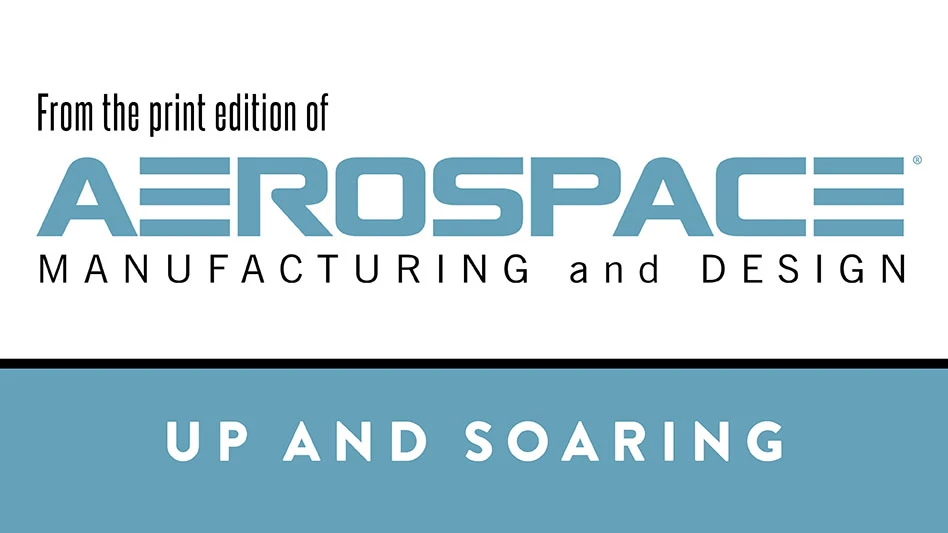
During my travels around the globe, I’ve had the opportunity to visit many customers in a range of manufacturing facilities. My estimation is that more than 80% of customers who have quick-change tooling don’t use it as designed.
Typically, when an insert reaches end of life, we see the operator indexing it on the machine. This means the machine is sitting idle during this time with no production taking place.
In many cases, to change the tooling, the operator must go to the tool crib to get the required inserts. Sometimes, this also involves stopping for coffee, chatting with friends, and taking a stroll back to their machine to index the insert. This can take up to 20 minutes.
Quick-change tooling was designed to be either in the machine as a backup (if there’s a tool changer available) or in a tool rack sitting at the machine. The tool has been preset at the tool setting station and has the offset listed on the tool. When the tool in the machine needs to be replaced, the operator releases the tool and replaces it with a new one – a quick-change.

Either a chip reader on the machine reads the offset, or the operator manually inputs the information. This takes a couple of minutes and ensures workpiece dimensions don’t change.
The reason most of you invested in quick-change tooling was because it allowed you to keep your machine time up and your downtime down. The overall goal with using quick-change tooling is to keep the machine running and producing parts at least 85% of the time. I know customers who have been able to attain 90% uptime due to quick-change tooling.
This tooling was also designed around presetting and maintaining the tooling in a tool crib or a tool-setting station. During this process, the tools can be measured, cleaned, and any parts that are worn or damaged replaced.
If you have quick-change tooling in your shop, make sure you are using it as it’s designed to maximize the return on investment (ROI) you planned when you purchased the machine with the tooling. If you aren’t sure how to use the tooling or need help in setting it up, please contact your local tooling salesperson, whom I’m sure will be happy to assist you.
CMR Consultants miker2468@aol.com

Explore the April 2021 Issue
Check out more from this issue and find your next story to read.
Latest from Aerospace Manufacturing and Design
- America Makes announces QTIME project call
- Innovation meets precision for 40% faster machining
- Upcoming webinar: Pro tips from a supply chain strategist
- Heart Aerospace relocates to Los Angeles
- Fixtureworks introduces Stablelock Clamps
- Piasecki acquires Kaman's KARGO UAV program
- PI Americas’ long-travel XY piezo nanopositioners-scanners
- AAMI project call submission deadline extended to May 12





